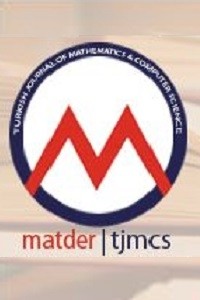
Turkish Journal of Mathematics and Computer Science
Yazarlar: Muhammad Saiful İslam MALLİK, Mohammad Azizul HOQUE, Md. Ashraf UDDİN
Konular:-
Anahtar Kelimeler:Large eddy simulation,Turbulent channel flow,Algebraic wall model
Özet: A large eddy simulation (LES) is performed in a plane turbulent channel flow, where the near wall region is approximated by algebraic wall model (AWM) and differential equation wall model (DEWM). The simulation is performed by using a finite difference method of second order accuracy in space and a low-storage explicit Runge-Kutta method with third order accuracy in time. The computational results are compared with those from direct numerical simulation (DNS) data. Comparing the results throughout the calculation domain we have found that the results from the LES with DEWM (LES-DEWM) approach show closer agreement with the DNS results.